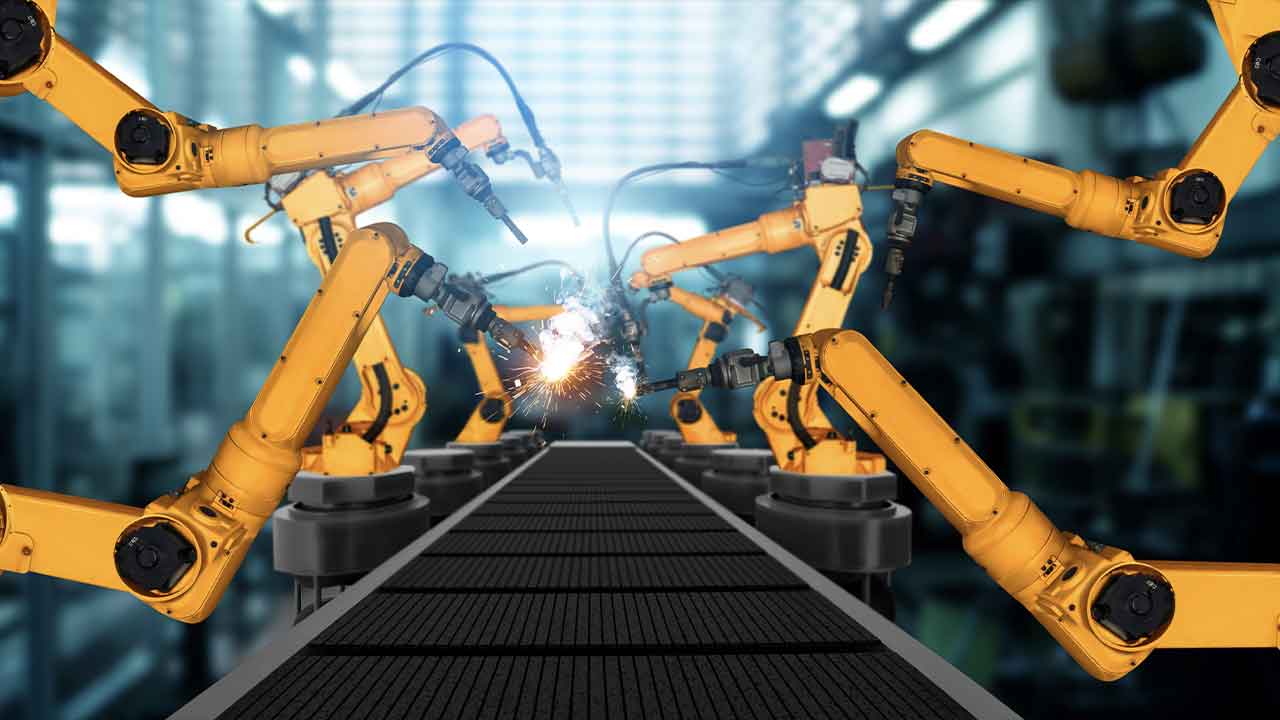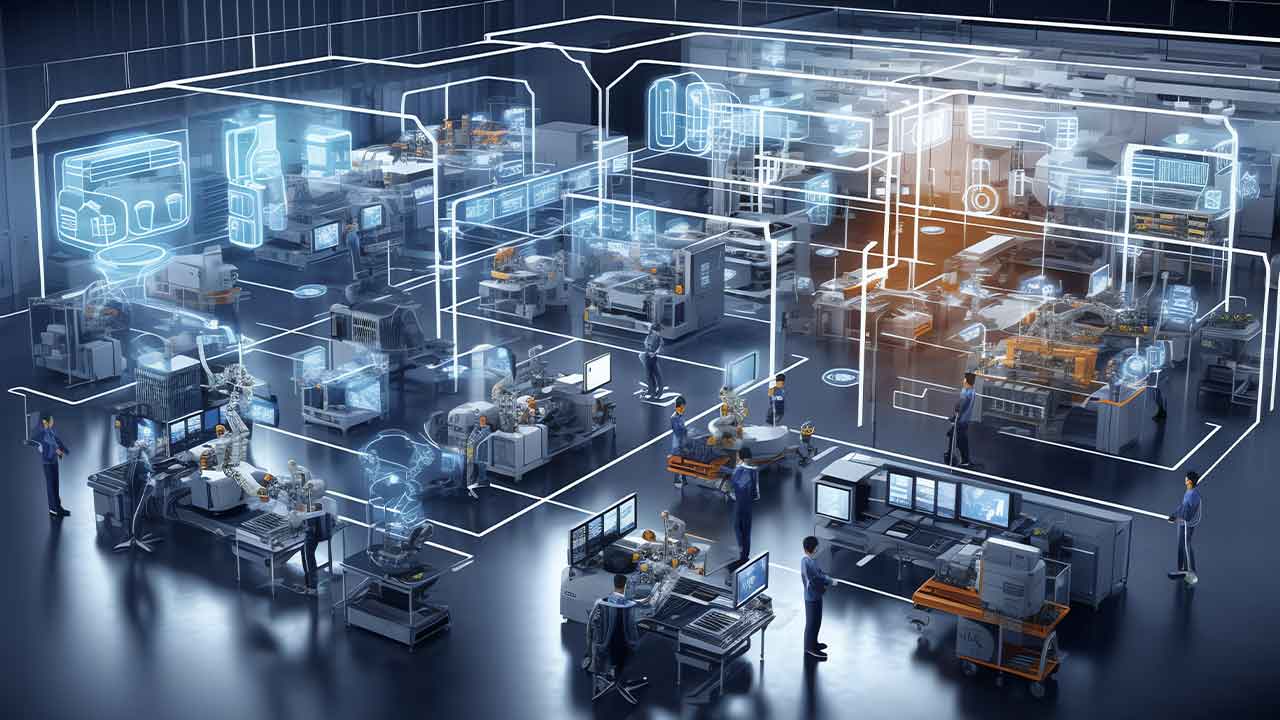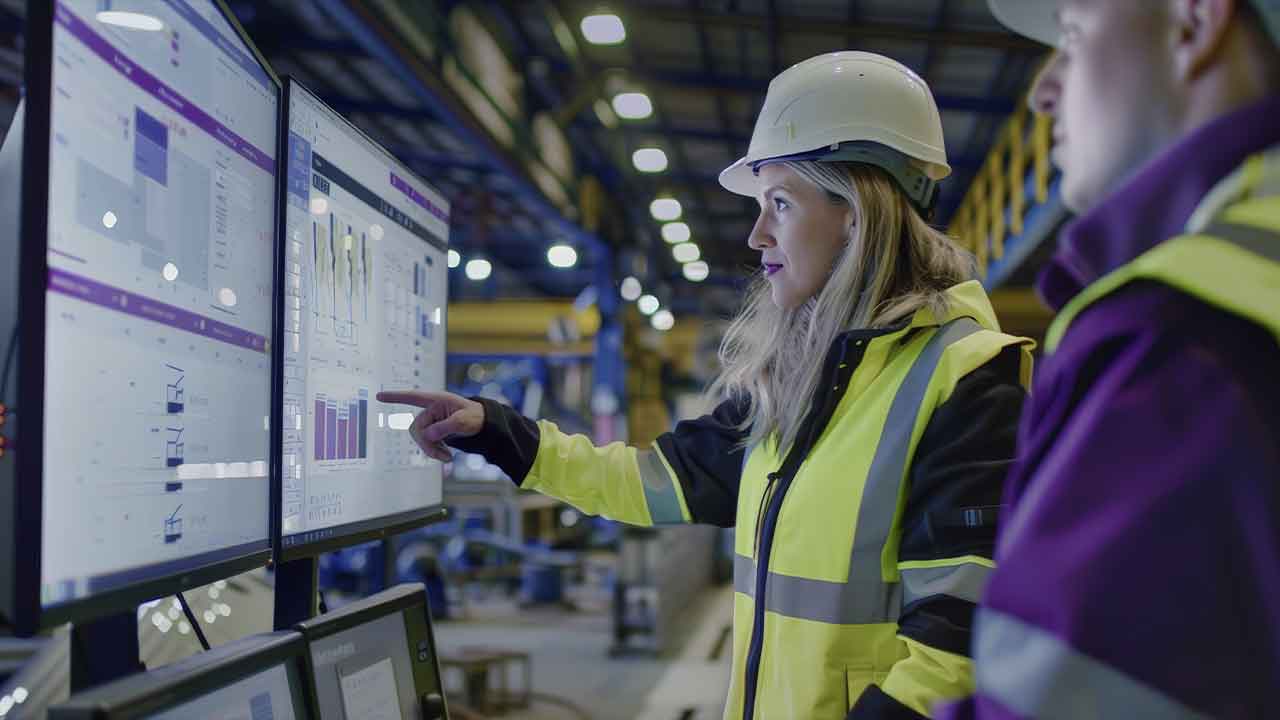The Future of Open Automation: Transforming Industrial Operations
What is Open Automation?
Open automation is reshaping industrial operations by allowing businesses to integrate new automation technologies at the speed of innovation. Traditionally, industrial systems have been locked into proprietary ecosystems, limiting flexibility and slowing down the adoption of new solutions. Open automation, as defined by Michael Martinez, Open Automation Solutions Offer Manager, is about breaking these barriers and enabling end users to leverage cutting-edge technology seamlessly and efficiently.
With open automation, companies can use new hardware, software, and data models without waiting for vendors to develop custom solutions. The goal is to create a plug-and-produce environment where different technologies can work together without excessive integration challenges.
How Businesses Can Transition to Open Automation
Transitioning to open automation may seem daunting for industries tied to legacy systems. However, industry leaders are developing pathways for gradual integration without disrupting ongoing operations.
Key Steps to Transition to Open Automation:
- Adopt Open Communication Standards – Implementing standardized communication protocols allows older legacy systems to interface with modern open automation solutions.
- Utilize Virtualized Controllers—Businesses can gain greater flexibility and scalability by switching from hardware-dependent controllers to software-based, virtualized controllers.
- Leverage Open Process Automation (OPA) Frameworks – Organizations like the Open Process Automation Forum (OPAF) are defining standards for interoperability, reducing vendor lock-in.
- Implement Modular Upgrades – Businesses can incrementally adopt open automation by upgrading individual components instead of full system replacements.
- Invest in Digital Accessories – Enhancing legacy systems with digital tools provides immediate benefits while laying the groundwork for a fully open automation framework.
Why Open Automation Matters: Business Benefits
Industries that adopt open automation technologies are poised to experience significant benefits, including:
- Faster Time-to-Market – Companies can integrate new technologies faster, gaining a competitive edge.
- Cost Reduction – Open automation allows businesses to avoid costly rip-and-replace upgrades, focusing instead on modular improvements.
- Increased Flexibility—Organizations can collaborate with multiple vendors, ensuring they always have access to the best solutions available.
- Scalability – As production needs grow, open automation frameworks allow for seamless expansion without operational disruptions.
The Role of Open Automation in Sustainability
Beyond profitability and efficiency, open automation plays a critical role in sustainability efforts. Companies can now align financial success with ethical and environmental responsibility by integrating real-time energy management systems into their automation frameworks.
For example, open automation enables businesses to:
- Optimize Energy Usage – By analyzing energy consumption in real time, manufacturers can reduce waste and cut costs.
- Enhance Supply Chain Efficiency – Open automation allows businesses to source local computing solutions, reducing dependence on international hardware shipments and minimizing carbon footprints.
- Create Circular Economies – Companies can repurpose waste products into new energy sources, creating more sustainable industrial ecosystems.
Human and AI Collaboration in Open Automation
With AI becoming more prevalent, many are concerned about how automation will affect the human workforce. However, experts believe that AI and humans will work together rather than replace one another.
AI’s role in open automation includes:
- Simplifying decision-making – AI can analyze massive datasets in real-time, helping engineers make better, faster decisions.
- Enhancing process optimization – Machine learning algorithms can identify inefficiencies and suggest improvements that humans may overlook.
- Reducing training time: Large language models can help workers quickly find the information they need, eliminating the need for extensive manual searches.
The Future of Open Automation
Looking ahead, open automation is expected to redefine industry standards, with more companies adopting universal automation principles. Organizations are already working on frameworks that ensure seamless interoperability between automation technologies.
A case study from a data center in Sweden demonstrates how open automation strategies can create a self-sustaining energy system. Waste products from operations were converted into biofuels, which were then used to power the data center—showcasing how open automation fosters sustainability and responsible business practices.
Open automation is more than just a technological advancement—it is a business strategy that drives innovation, enhances efficiency, and aligns financial goals with sustainability efforts. Companies that embrace open automation today will be better positioned to lead their industries into the future.
As industry leaders refine open automation frameworks, businesses must start integrating these technologies to stay ahead in an increasingly digital and competitive landscape.
About the author
Lucian Fogoros is the Co-founder of IIoT World.
Related articles:



